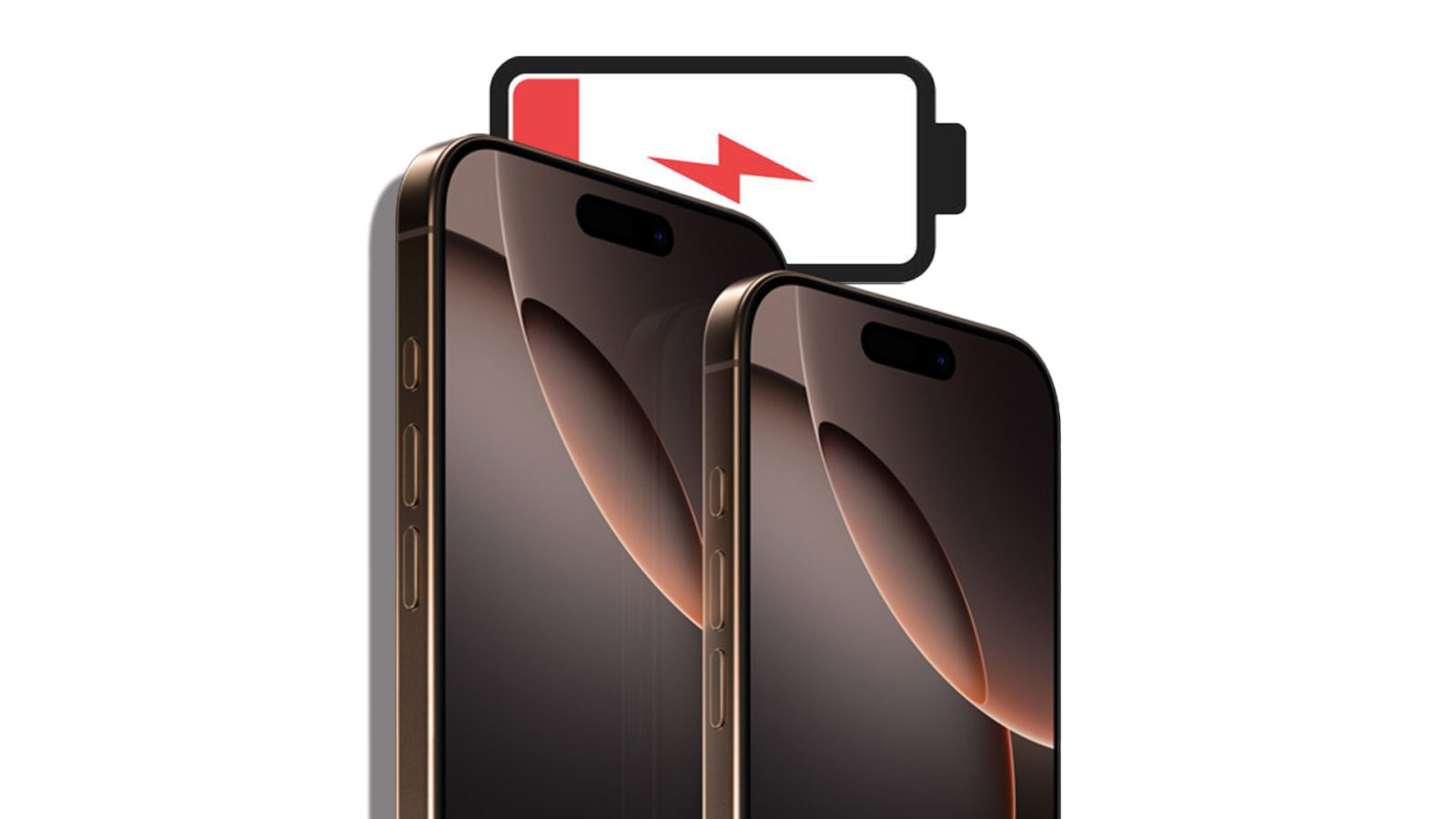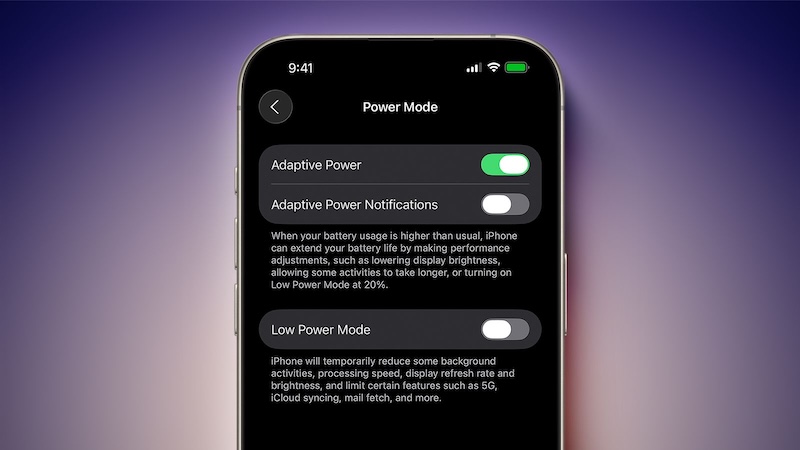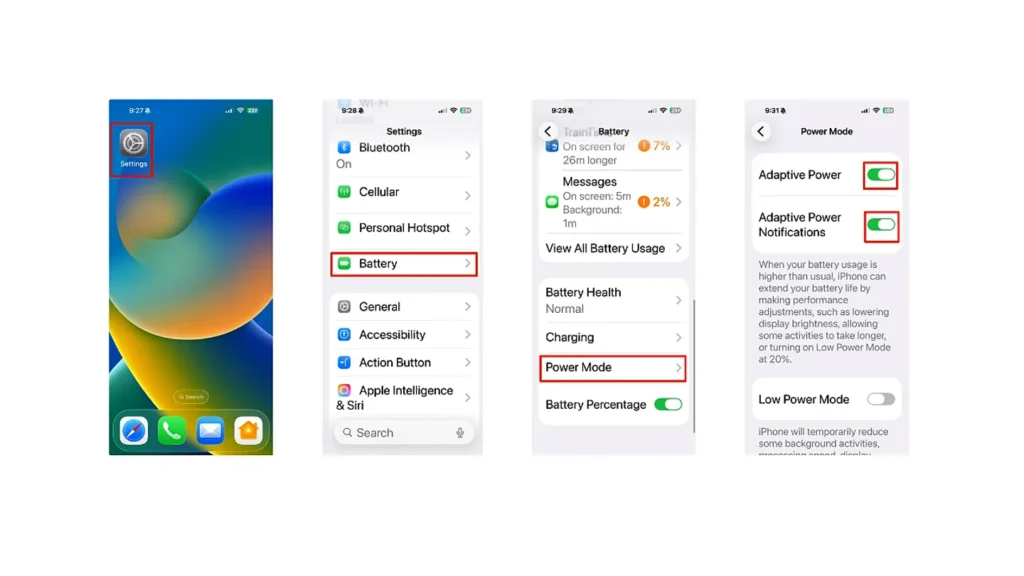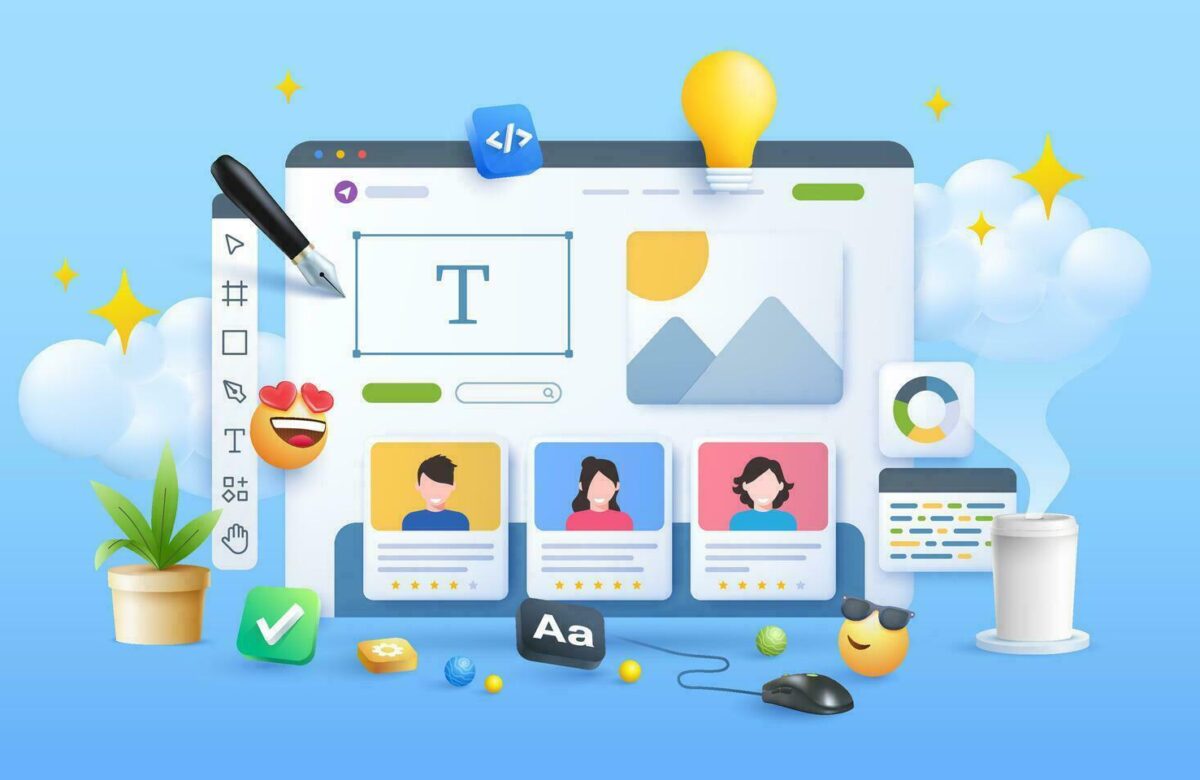
iOS 26 Introduces Smarter Power Management to Extend iPhone Battery Life
- Iphone
- November 21, 2025
- 80
With each new version of iOS, Apple attempts to balance performance and efficiency, but iOS 26 brings one of the most significant changes in years: Adaptive Power, a system-wide feature designed to stretch battery life through intelligent, real-time adjustments. Rather than simply toggling Low Power Mode, Adaptive Power analyzes how you use your iPhone and makes subtle tweaks to keep the device running longer without undermining essential performance.
As iPhones take on heavier tasks – from computational photography and video editing to AI-driven features and cloud-connected apps – battery life becomes a critical part of the user experience. Apple’s solution aims to make endurance feel less like something users have to micromanage, and more like something the phone quietly handles on its own.
What Adaptive Power Actually Does

Adaptive Power is more than another battery preset. It’s a combination of on-device intelligence, machine learning, and system-level power management.
Key adjustments include:
- Lowering screen brightness dynamically
- Reducing background processes
- Slowing down system refresh rates when appropriate
- Minimizing energy-heavy notifications
- Activating Low Power Mode automatically at specific thresholds
- Pausing non-critical tasks during high-demand moments
These changes happen quietly and only when necessary. Apple emphasizes that the feature is context-aware, meaning it ramps down performance only when it won’t interfere with demanding tasks like camera use, AR apps, or gaming – especially when Game Mode is enabled.
When it activates
Users may occasionally see a brief alert saying “Adaptive Power is active,” but otherwise, the system operates behind the scenes. Apple’s goal is clear: reduce micro-waste of battery throughout the day and extend usable time with minimal disruption.
Real-World Impact: Does It Make a Difference?
Early impressions suggest Adaptive Power doesn’t dramatically change battery life overnight. Instead, it improves consistency. Users report that the iPhone stays in the “comfortable” battery zone for longer during busy days, and late-evening dips into low percentages happen less often.
This aligns with Apple’s strategy:
- Slightly longer endurance in everyday tasks
- Reduced idle drain
- Smoother power performance during multitasking
- Less manual toggling of Low Power Mode
While not as flashy as a new battery chemistry or larger internal cell, the feature provides cumulative gains – something especially important as apps become more resource-intensive.
Device Compatibility and Requirements
Not every iPhone can access Adaptive Power. The feature relies heavily on Apple Intelligence, meaning only certain models support it.
Eligible Devices
- iPhone 17, 17 Pro, 17 Pro Max
- iPhone Air
- iPhone 16, 16 Plus, 16 Pro, 16 Pro Max
- iPhone 16e
- iPhone 15 Pro and 15 Pro Max
Adaptive Power is enabled by default on iPhone 17 models and iPhone Air. On iPhone 16-series and 15 Pro models, it is available but off by default.
Users running older devices or non-Pro iPhone 15 units will not have access to the feature, as Adaptive Power depends on newer neural processing capabilities.
How to Enable Adaptive Power

If your device supports it and it’s not already activated, turning it on is straightforward:
Steps to enable:
- Open Settings
- Tap Battery
- Select Power Mode
- Toggle Adaptive Power
You can also enable optional notifications that alert you when the system activates the feature. Even if notifications are off, the feature will continue to operate automatically.
A Step Forward – With Some Caveats
Adaptive Power is Apple’s most advanced attempt at intelligent power management, but it comes with expectations. For users accustomed to constant maximum performance, occasional micro-adjustments may be noticeable. On the other hand, for most everyday users, the optimization will likely go unnoticed – except for the benefit of a phone that lasts longer.
Apple also notes that battery behavior may fluctuate in the first few days after updating to iOS 26 as the system re-indexes, something users should not confuse with poor performance.
What It Means for the Future of iPhone Battery Tech
While Adaptive Power doesn’t replace hardware improvements like larger batteries or better charging efficiency, it highlights a growing trend: software-driven endurance. Apple is increasingly relying on machine learning and contextual analysis to optimize the user experience.
If Apple continues refining this system in future updates, the iPhone could gradually shift toward a more proactive model of power management – one where the device learns from long-term patterns and adjusts even more precisely.
For now, Adaptive Power offers a smart, effective way to help users get a bit more runtime out of their devices, especially on hectic days. And as iPhones continue to handle more demanding features powered by Apple Intelligence, this type of intelligent optimization may become essential – not optional – for maintaining all-day battery life.



